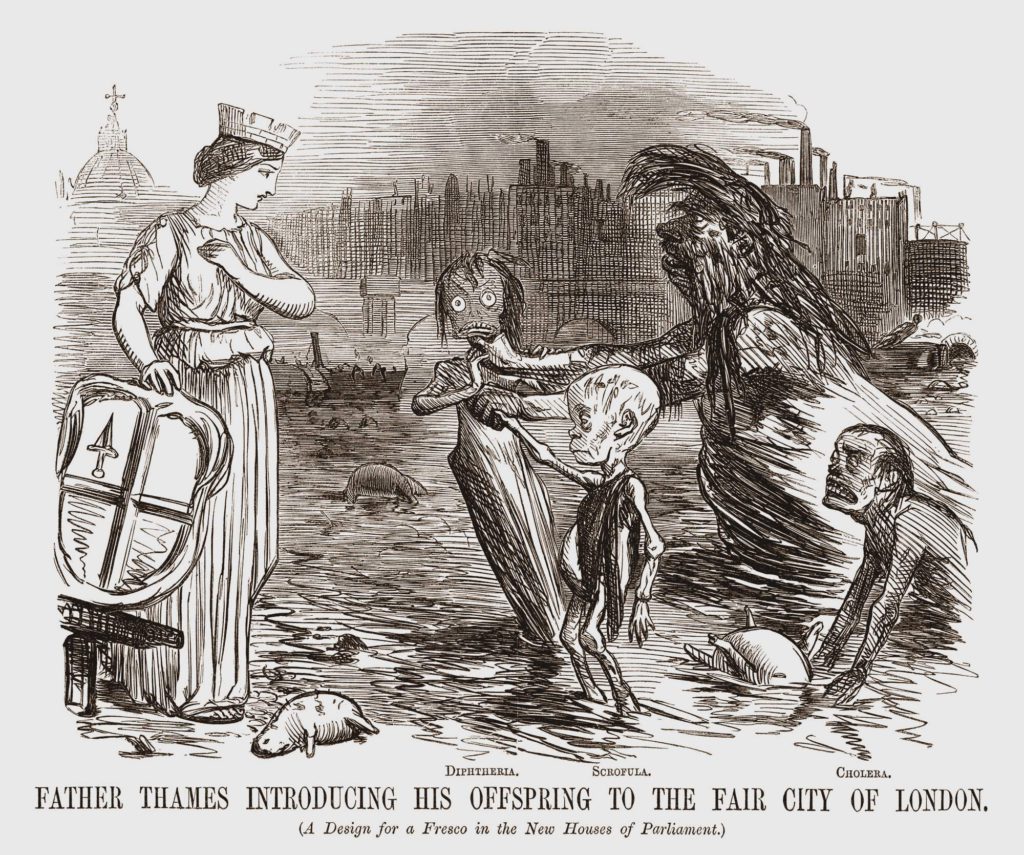The Battle of the Tamesis Ford
Author: Gareth C. Worth
First published May 2017 in Volume 12, Issue 6 of ‘Roman Transactions’
The ‘Tamesis Ford Letter’ was discovered among the notes of the late Professor Arthur J. Cline of the College of Archaeology and Ancient History at the University of Leicester following his death at the age of 77 in 1998. Although undated, context places it between 1947 and 1953 when Professor Cline undertook several research trips to Orthodox monasteries in Turkey and Romania.
Professor Cline’s notebooks from this period contain numerous hand written copies of historical documents presumably located in monastery libraries. Few however are annotated with dates or locations, making determination of their origins virtually impossible. A number were referenced with full details in the Professor’s published work suggesting that he maintained some form of index, but searches of his papers have failed to uncover any such document.
The text, located in notebook seven of the Cline archive, exists in two forms, a classical Latin original and Professor Cline’s English translation. The Latin contains several lacunae speculatively filled in the English version. Both versions end suddenly suggesting that the original document was similarly truncated, or that Professor Cline was interrupted in his transcription.
The letter purports to be an eyewitness account of the battle between the forces of British Chief Cassivellaunus and Julius Caesar at a ford on the river Thames during the latter’s second invasion of Britain in 54 BCE. We have Caesar’s own, typically terse, account of this battle in book five of his Commentarii de Bello Gallico, but the letter – while consistent with the Commentarii – includes far more detail, even featuring the war elephant otherwise first mentioned in works from the 2nd century CE. The Latin is typical for an educated Roman of the period, suggesting that the author (one Titus Magius) may have been an officer. No mention of him in other documents has been found, however this is hardly unexpected given the fragmentary nature of surviving records from the period.
If genuine, the letter is a remarkable and important new source of information on Caesar’s campaigns, and it is curious that Professor Cline never shared it with other researchers. It seems likely that the more unusual features of the account – including the use of quicksilver and a mysterious spear bought from the Temple of Saturn – led him to doubt its authenticity. It also cannot be ruled out that the letter is a work of fiction composed by the Professor himself, although it would be inappropriate to speculate for what purpose such a work would be intended.
Research on the origin of the letter continues. Even if the truth of the matter remains unresolved it is an intriguing document that raises questions about the accuracy of Caesar’s accounts of his campaigns, and the social structures and methods of warfare employed by the Britons of the first century BCE.
The Tamesis Ford Letter as translated from the Latin by Professor Arthur J. Cline c.1950
Letter to Lucius Magius Petronax in Rome from his brother Titus Magius in Britiania, a.d. XI Kal. Oct. DCC A.U.C. (19th September 54 BC)
Good health to you my brother. Be assured that your news was received with great joy by myself and my comrades and much wine has been consumed [to your honour]. You ask for an account of our assault on the ford and I am pleased to supply one thus.
We came upon the river called Tamesis from the south, the ford lying where its course turns from the north towards the west, the width being beyond the shot of a sling. The forces of the Britons with many horses and chariots were assembled on the far bank and saluted our [arrival] with a great tumult of taunting calls and many blasts upon bronze trumpets the sound of which was most discordant. Our enemy had placed many sharpened stakes beneath the waters of the ford but forewarned by the prisoners captured during our advance we did not charge the waters.
Caesar commanded forward two Centuria of the [second?] Legion and cavalry to shield them and they entered the waters until only their heads stood free, the waters of the ford being deep. At this came forth from the Britons a tall warrior clad in robes and breeches of fine patterned cloth and bearing a heavy ring of gold around his neck in the manner of the Gauls. He bore a shield of polished bronze set with red glass and a tall spear, and his clothes and arms with much gold were adorned. The Britons paid him much obeisance and many fell to the ground [at his feet]. The warrior strode forth and raised his spear over the waters and the river leapt upwards, rising as in spate, and [some] men of the Legion were washed from their feet and drowned.
I admit with shame that at the sight of this my heart quailed, as did that of many of my comrades who stepped back, [crying out in] agitation. Caesar commanded us to stand firm and sent forward the elephant named Magnus with archers upon its back and as it entered [the river] they emptied great vessels of Hispanian quicksilver and ordure into the waters. At the sight of this the Britons let forth a great cry of woe and the warrior cried out in a rage and ran into the river, and as his feet entered the waters they rose up in confusion as if struck by a storm, and several score Britons followed in his train.
Caesar ordered [the Centuria] from the ford and sent his personal guard to meet the Britons, and among them was borne a great spear of cold-forged iron, fully tall as a man and bound to a greenwood haft. It was said by many that this spear was bought across the sea from Rome at Caesar’s instruction and said some that it had first come from Dacia to the Temple of Saturn in the time of Aulus Postumius and any that touched [its metal?] would fall [to the ground] as if struck dead. The guard stood ready at the ford and met the charge of the warrior who in his fury outstripped his fellows, seeming as in flight to run across the water.
In a great rage the warrior cut down four men, but erelong was surrounded and disarmed by the press of the guards who swiftly pierced him with the great spear and dragged him up the bank. At this sight the Britons cried out and fell into a great confusion with many entering the ford but twice their number taking to their chariots [and fleeing].
Caesar ordered us forwards to meet the Britons and his guards fell upon the warrior, fixing his flesh to the ground with hastae of [cold-forged] iron. The strength of the warrior was indeed great for despite these grievous wounds he swooned not, loosing cries of agony with each piercing. Caesar himself then approached the warrior, drawing his sword and shouting much encouragement [to the men at] the ford. Then he struck with a single blow the warrior’s head [from his neck] and taking it by the hair held it aloft crying out “Thus for my boats!”.
The Britons, their champion slain, let forth a great and despairing groan and made to flee [back across the ford]. Many score fell to our slings and we swept forward calling upon the Salian Mars to destroy [our foes?]



